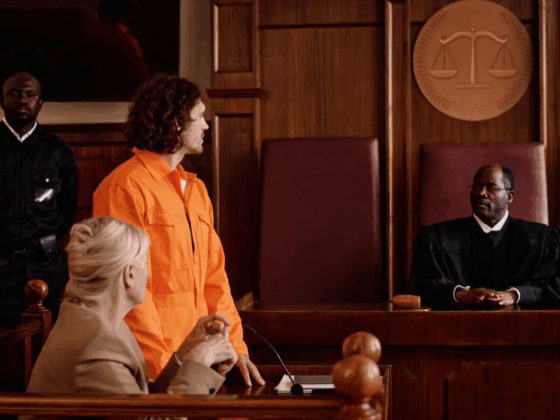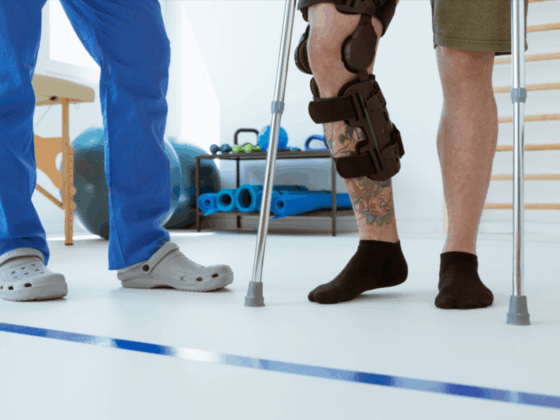In Georgia, proving negligence in an injury lawsuit requires clear steps. You need to establish that someone had a duty to keep you safe, failed in that duty, and caused your harm. Document every detail, from the time of the incident to the injuries you sustained. Gather witness accounts and any available evidence. Know that your emotions matter; they are a testament to your experience. Georgia law demands proof that the harm resulted from negligent actions. Gardner Trial Attorneys bring decades of expertise to guide you through this complex process. They stand by you, ensuring that your voice is heard and your rights protected. Understanding these steps empowers you to seek justice confidently. Remember, the goal is not just compensation, but also acknowledgment of your trauma. Your path to justice begins with knowledge, and with the right guidance, you can navigate this challenge and find resolution.
Understanding Negligence: The Basics
Before diving deeper, it’s important to know what negligence actually means. Negligence occurs when someone fails to act with the level of caution that a reasonable person would. This failure results in harm to another person. In Georgia, this involves proving four elements: duty, breach, causation, and damages. Each must be clearly demonstrated to hold someone legally accountable.
Step 1: Establishing Duty of Care
You first need to show that the person or entity had a legal obligation to act in a certain way toward you. For instance, drivers must follow traffic laws to ensure road safety. Property owners must keep their premises safe for visitors. This duty varies depending on your relationship to the person at fault.
Step 2: Breach of Duty
Next, you must demonstrate that the duty of care was broken. This means showing that the responsible party failed to act as a reasonable person would have under similar circumstances. Evidence such as photos, videos, or eyewitness testimonies can be crucial here.
Step 3: Causation
Causation links the breach of duty directly to your injuries. It involves demonstrating that the breach caused your injuries, without which you would not have been harmed. This often requires medical records and sometimes expert testimony. Nolo provides further insights into the necessity of linking the breach to your harm.
Step 4: Proving Damages
Finally, you need to prove that you suffered actual damages. These can be physical injuries, emotional distress, medical bills, or lost wages. Documenting all injuries and keeping track of medical expenses helps substantiate your claim.
Key Elements Overview
| Element | Description |
|---|---|
| Duty of Care | A legal obligation to act safely |
| Breach of Duty | Failure to meet the duty of care |
| Causation | Connection between breach and injury |
| Damages | Actual harm suffered |
Common Challenges in Proving Negligence
Proving negligence can come with challenges. You might face disputes over the degree of fault or causation. Insurance companies often push back on claims, questioning the validity of your injuries. However, having thorough documentation and expert witnesses can strengthen your case.
Why Legal Assistance is Crucial
Navigating a negligence lawsuit alone is daunting. Legal guidance offers expertise and support. Lawyers help gather evidence, present your case, and negotiate settlements. With experienced representation, you ensure your story is told accurately and powerfully.
Empowering Yourself Through Knowledge
Knowledge is your strongest ally. By understanding these steps and working with professionals like Gardner Trial Attorneys, you stand on solid ground. Remember, this journey is about seeking justice and closure. Pursuing a negligence case is not just about the law; it’s a way to validate your experience and move forward.










